Construction News
31/05/2023
Thames Water Releases 25-Year Plan

Thames Water has released its 25-year plan to address the long-term dangers posed to the infrastructure of London and the Thames Valley by population development and climate change.
Following extensive public consultation, Thames Water's co-created Drainage and Wastewater Management Plan 2025-2050 (DWMP) sets out an innovative long-term approach to protecting the environment, reducing the risk of sewer flooding to homes, and reducing storm discharges.
The population in London and the Thames Valley region is predicted to grow by 2.5 million by 20501, while extreme weather events resulting from climate change and the loss of 'spongy’ surfaces and green areas which can absorb water is expected to put extra pressure on the company’s wastewater and drainage services.
Thames Water estimates £31.9 billion is required over the next 25-year period to overcome these societal challenges, within which £10.9billion will focus on storm overflows as part of the company’s ongoing plans to protect and enhance the health of rivers and streams 2.
Bespoke plans have been developed for both London and Thames Valley that reflect the differences in characteristics of the regions, the future challenges and the customer and stakeholder preferences for each region. Key to implementing both long-term plans will be partnership working with local authorities, communities, and customers.
For London a ‘SuDS first’ approach gives preference for nature-based infrastructure to be installed across the capital, ranging from water butts to collect rain from roofs, rain-gardens in the streets (planted areas which capture rain and surface water), and installation of swales and ponds in parks as well as wetland creation and river restoration. The DWMP prioritises nature-based infrastructure and aims to deliver sustainable drainage systems (SuDS) to over 7,000 hectares of land in London – the equivalent of 50 Hyde Parks to help combat the loss of 'spongy' green surfaces.
For Thames Valley a 'remove unwanted flow' approach specifically targets the elimination of additional water that flows into the sewers which shouldn’t be there, such as from misconnected plumbing, groundwater infiltration and surface water drainage, and prioritises areas of highly sensitive watercourses, including chalk streams.
This will take place alongside continued investment in Thames Water’s sewage treatment works to increase capacity and provide more efficiencies. The company has recently launched a £1.6 billion programme to modernise sewage infrastructure and improve river health over the next two years, including plans to upgrade over 250 sewage treatment works and sewers in London and the Thames Valley.
Following extensive public consultation, Thames Water's co-created Drainage and Wastewater Management Plan 2025-2050 (DWMP) sets out an innovative long-term approach to protecting the environment, reducing the risk of sewer flooding to homes, and reducing storm discharges.
The population in London and the Thames Valley region is predicted to grow by 2.5 million by 20501, while extreme weather events resulting from climate change and the loss of 'spongy’ surfaces and green areas which can absorb water is expected to put extra pressure on the company’s wastewater and drainage services.
Thames Water estimates £31.9 billion is required over the next 25-year period to overcome these societal challenges, within which £10.9billion will focus on storm overflows as part of the company’s ongoing plans to protect and enhance the health of rivers and streams 2.
Bespoke plans have been developed for both London and Thames Valley that reflect the differences in characteristics of the regions, the future challenges and the customer and stakeholder preferences for each region. Key to implementing both long-term plans will be partnership working with local authorities, communities, and customers.
For London a ‘SuDS first’ approach gives preference for nature-based infrastructure to be installed across the capital, ranging from water butts to collect rain from roofs, rain-gardens in the streets (planted areas which capture rain and surface water), and installation of swales and ponds in parks as well as wetland creation and river restoration. The DWMP prioritises nature-based infrastructure and aims to deliver sustainable drainage systems (SuDS) to over 7,000 hectares of land in London – the equivalent of 50 Hyde Parks to help combat the loss of 'spongy' green surfaces.
For Thames Valley a 'remove unwanted flow' approach specifically targets the elimination of additional water that flows into the sewers which shouldn’t be there, such as from misconnected plumbing, groundwater infiltration and surface water drainage, and prioritises areas of highly sensitive watercourses, including chalk streams.
This will take place alongside continued investment in Thames Water’s sewage treatment works to increase capacity and provide more efficiencies. The company has recently launched a £1.6 billion programme to modernise sewage infrastructure and improve river health over the next two years, including plans to upgrade over 250 sewage treatment works and sewers in London and the Thames Valley.
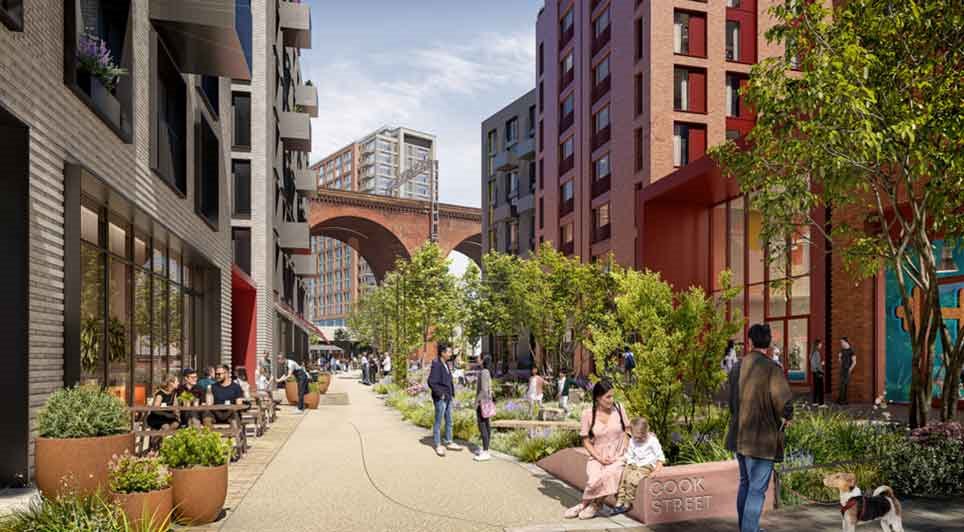
05/02/2025
Stockport Mayoral Development Corporation (MDC) and ECF, a joint venture between Homes England, Legal & General, and Muse, have selected Vinci as the preferred contractor for Phase 1 of Stockport 8, a £350 million residential development west of Stockport town centre.
The decision follows a competi
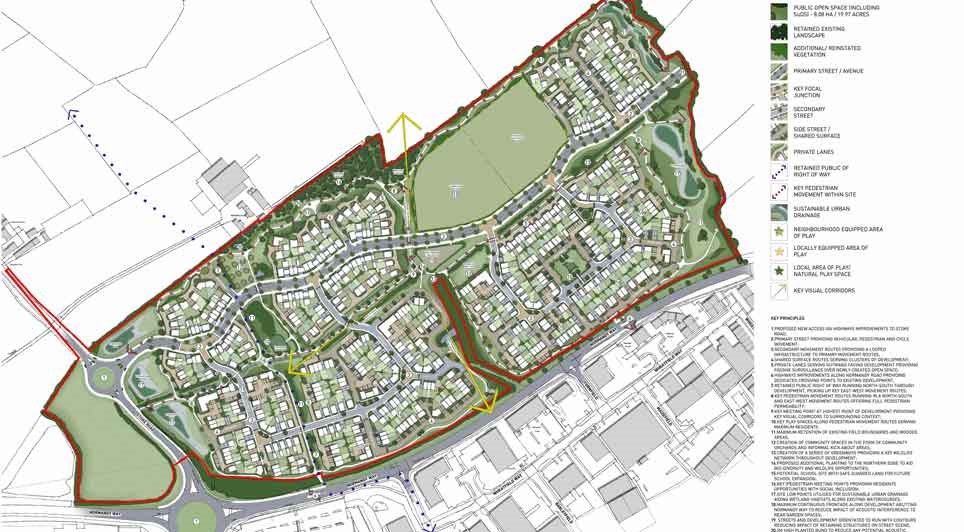
05/02/2025
Vistry Group has finalised contracts for a significant housing development in Hinckley, Leicestershire, securing outline planning permission to deliver 475 new homes in the area.
The development, located east of Stoke Road and north of Normandy Way in the town's northern region, has a projected val
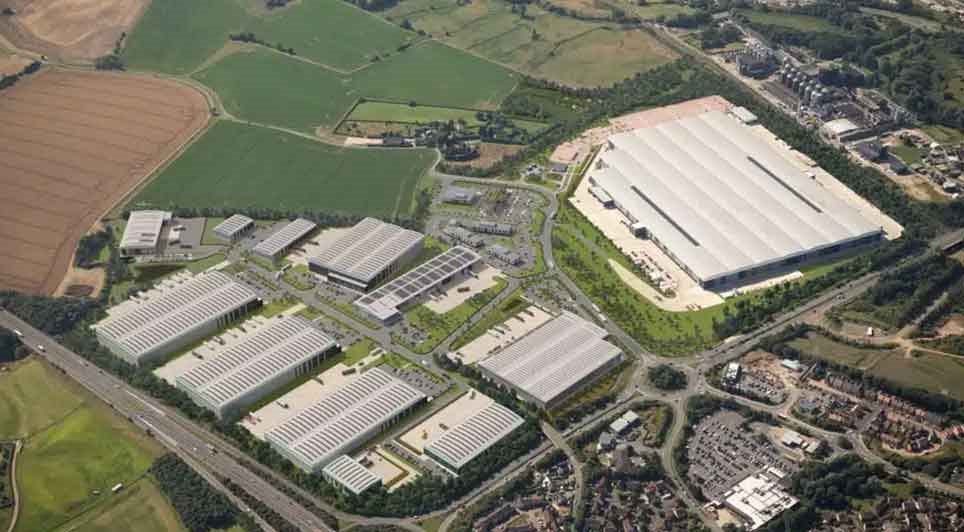
05/02/2025
Wilten Construction has been awarded a second Design and Build contract at Gateway 14 by client Gateway 14 Ltd and Jaynic.
The project involves the development of a state-of-the-art, three-storey Skills and Innovation Centre spanning 35,000 sq ft in the heart of Gateway 14. Designed to achieve BREE
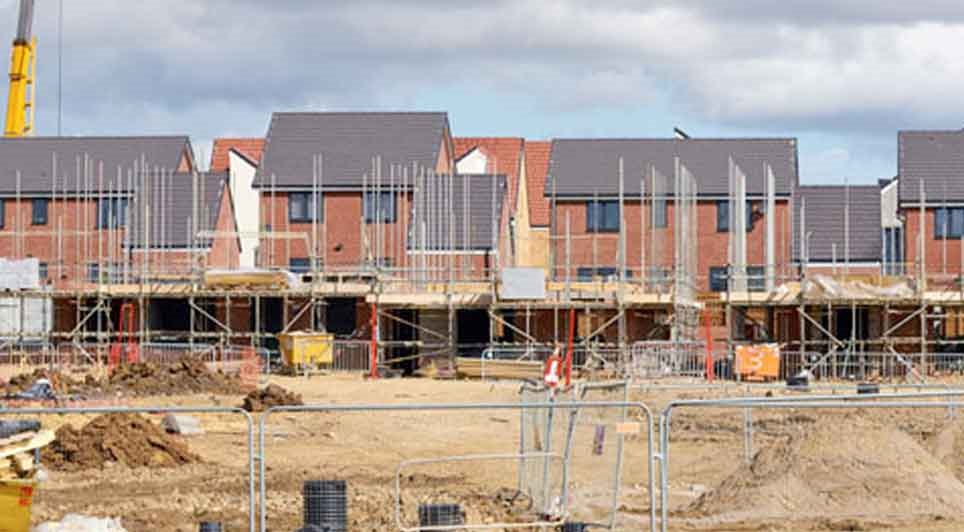
05/02/2025
Knowsley Council has approved a major housing development in Kirkby, giving the green light to 800 new energy-efficient homes in the town's centre.
The decision also secures £7.7 million in Section 106 contributions from developer Barratt David Wilson Homes, further boosting local investment.
The
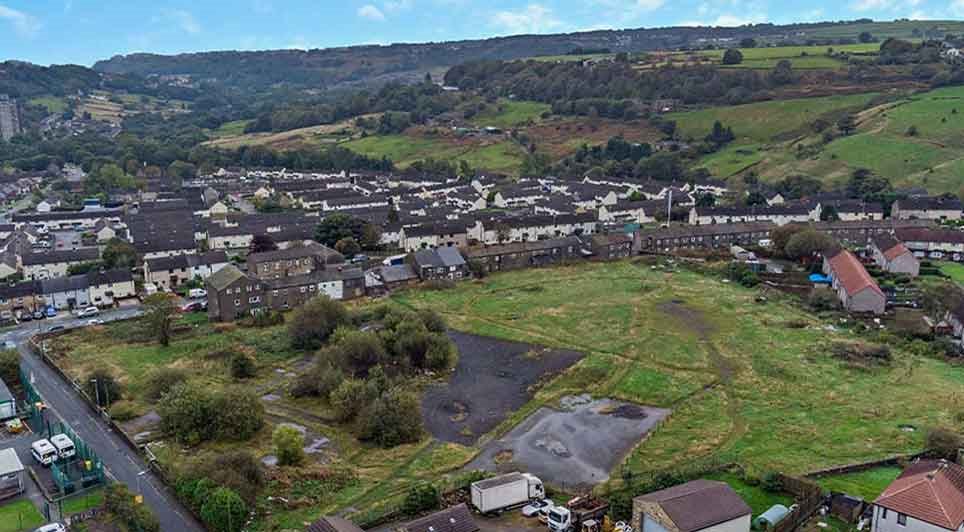
05/02/2025
Keepmoat Homes has announced plans to invest over £50 million in three new housing developments across Calderdale, aiming to deliver more than 200 new homes.
The developments, undertaken in partnership with Calderdale Council, form part of the North Halifax Transformation Programme, a local authori
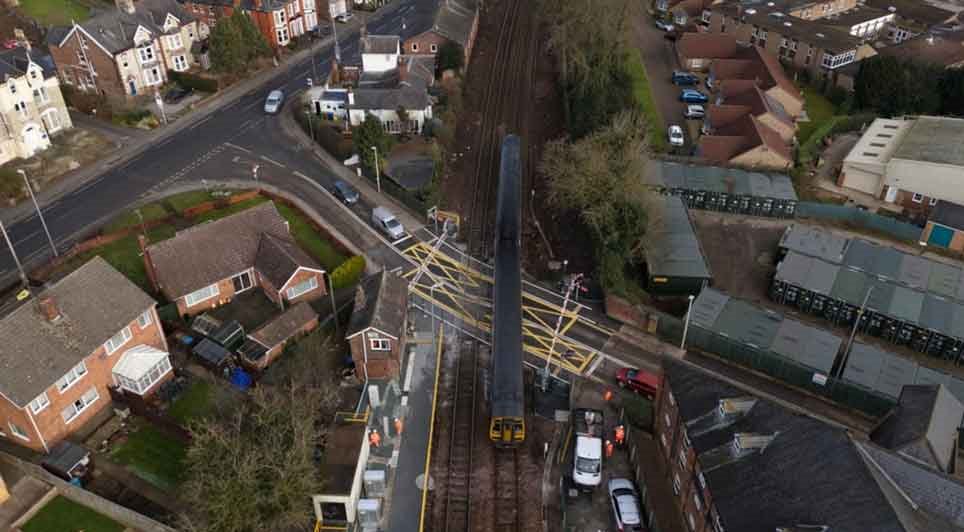
05/02/2025
Essential renewal work at Skerne Road level crossing in Driffield has been completed. Over a six-day period, engineers replaced decades-old equipment, installing a state-of-the-art operating system, replacing the level crossing deck, and resurfacing the road.
The newly installed operating system is
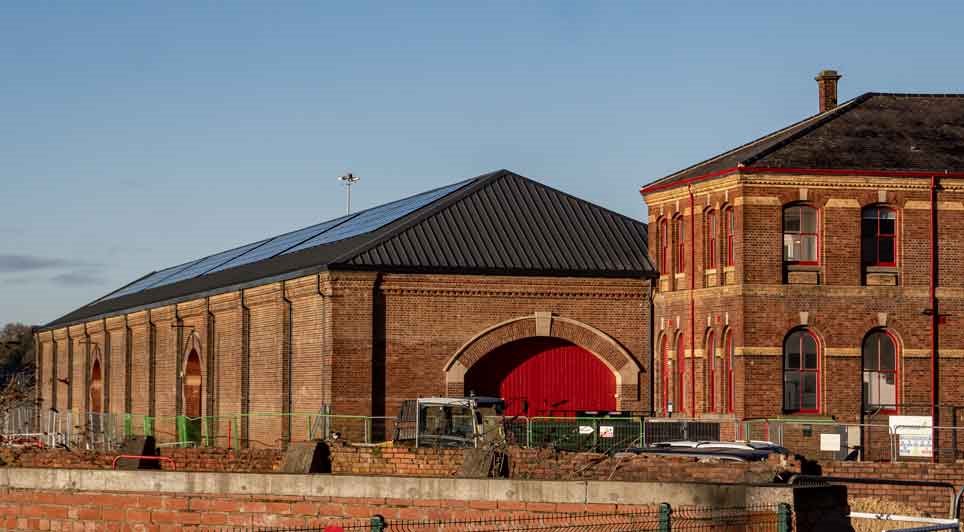
05/02/2025
Construction firm GRAHAM is currently carrying out essential restoration work at the National Railway Museum in York, replacing the Grade II listed roof structure at Station Hall.
Originally built between 1875 and 1877 as a goods station, Station Hall now houses the museum’s six royal carriages.

05/02/2025
Mezzanine floors are commonly associated with additional storage or expanded floor space, but did you know they can also have a profound impact on employee productivity and morale? At Doity Engineering, we specialise in designing and installing mezzanine floors for

05/02/2025
Construction work is commencing on a new solar array at Weeton Barracks in Lancashire that will generate over one third of the site’s energy needs.
The work has been funded under the British Army’s Project Prometheus, a scheme that is increasing renewable energy across the army estate through inst
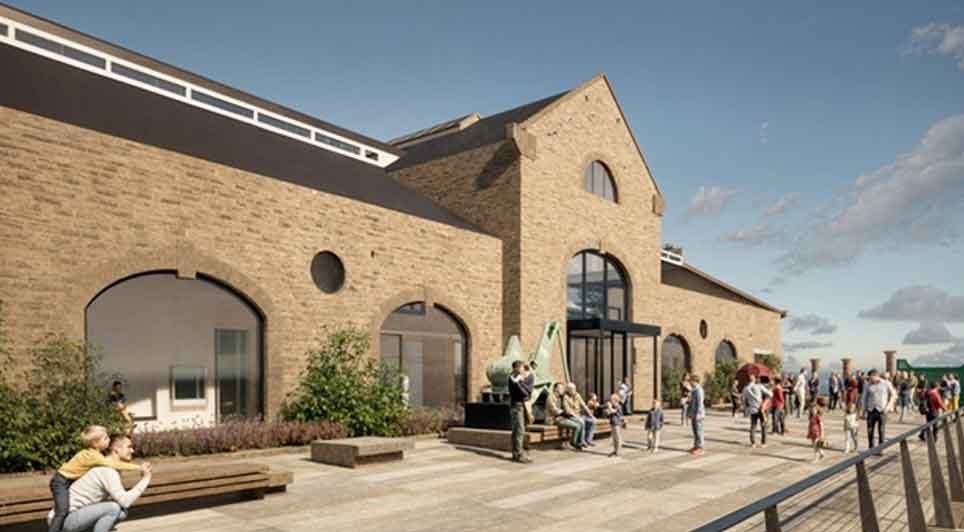
05/02/2025
The regeneration of Hartlepool's waterfront has reached a significant milestone with a £631,000 grant from The National Lottery Heritage Fund.
The funding will support the development phase of the 'Tides of Change' project, aimed at transforming the visitor experience at the Museum of Hartlepool a
 UK
UK Ireland
Ireland Scotland
Scotland London
London











